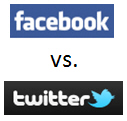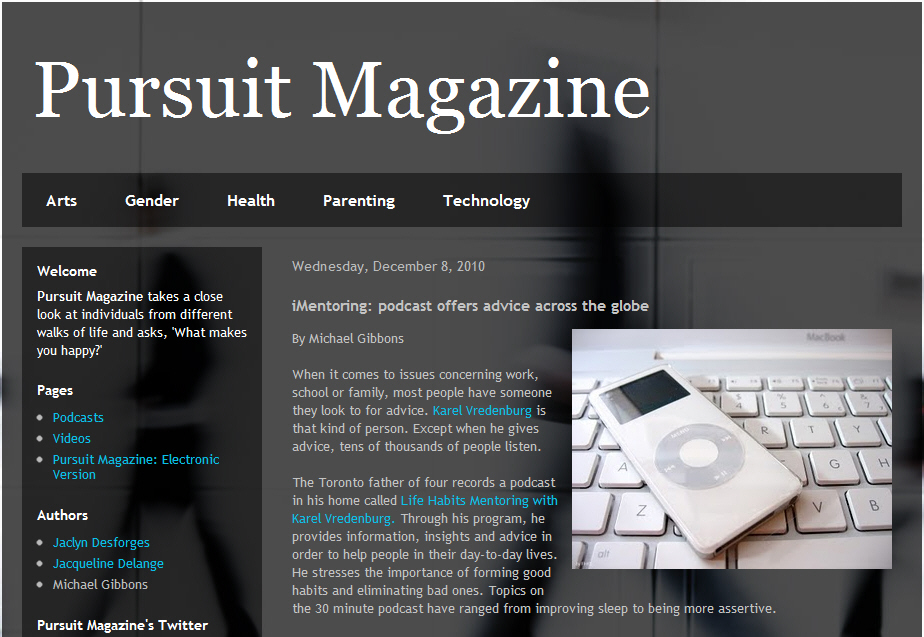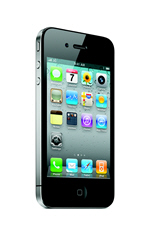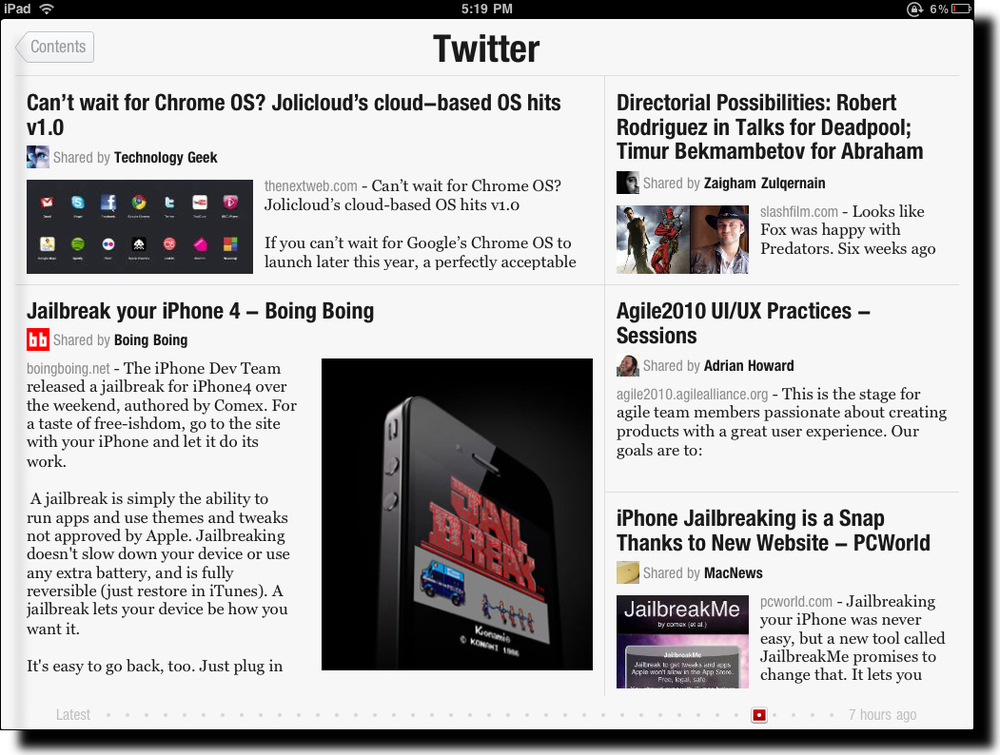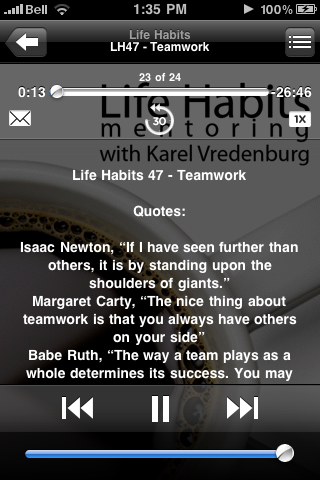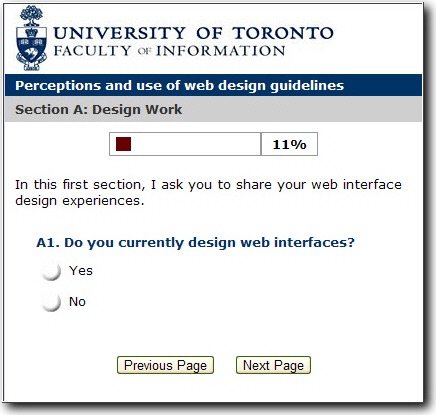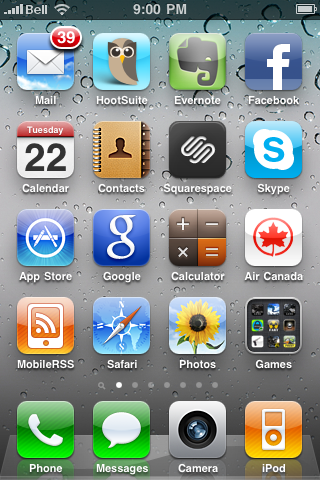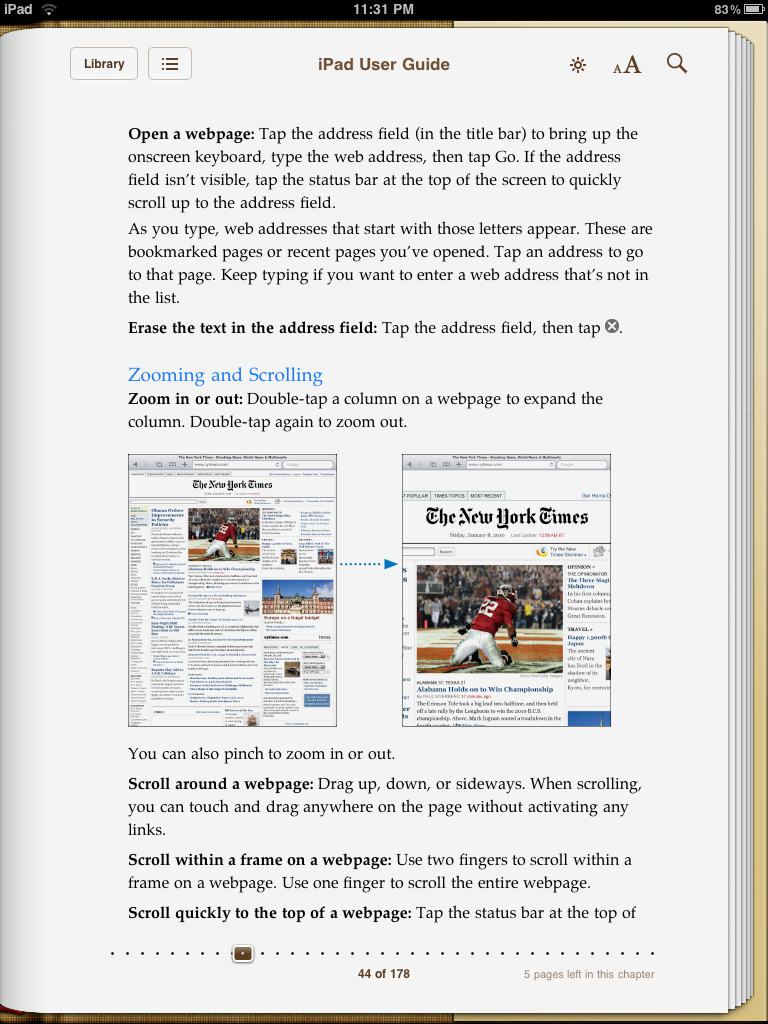IBM celebrates its 100th birthday this year. I've been with IBM for almost a quarter of that time and the various anniversary activities around the centential have also led to some reflection on my part regarding my time with the company.
I never intended to work for IBM. It wasn't my career objective. I was targetting a career in music during my highschool years and a career as a Psychologist during my undergraduate and early graduate school years. Toward the end of graduate school I became intriqued by the human-computer interface largely through some experiences I was having in carrying out research in the lab which was controlled by software and hardware devices. My primary focus was on human information processing and in particular on the primacy of affective or emotional reactions to information displayed on the screen. I was looking for designs that optimized positive versus negative emotional reactions. I not only assessed self-report measures of affective reactions but also physiological measures like galvanic skins response and heart rate as well. In addition, I couldn't help but notice a powerful gender difference when I was hiring research assistants. The job simply involved operating a computer which presented different user interface elements and tracked physiolgical measurements. All of the eighteen applicants for the job were men despite the fact that the faculty had more women than men. Further investigation indicated that it was the use of a computer that was preventing many women from applying. This led me to examine the origins of the gender bias, to develop a computer phobia assessment instrument, and to design and comparatively evaluate user interfaces that were effective for even severely computer phobic women. I presented the findings from this research program at a conference and afterwards had several interviews with the press.
An IBMer heard one of the radio interviews, gave me a call, and asked me if I had ever thought of working for IBM. I told him honestly that I hadn't but that I was a huge fan of the company having just read a fascinating book about the history of IBM. I was not only impressed by the company's technical achievements and business success but also by its core principles and values. I recall reading a story in the book about what happened at a big company sales meeting when the CEO learned that one of the salesmen at the meeting had a wife at home about to deliver a baby and how the CEO called for a helicopter to immediately fly that IBMer home to be with his wife. There were many similar stories that painted a picture of a company that cared as much about its employees as its customers and stockholders. Based on that book, I agreed to an interview, accepted the job being offered to me, and privately gave myself a year to try out the company. Well, that year has now turned into twenty-three thus far.
As I reflect on those twenty-three years, I realize that my experience working for IBM has largely involved a realization of the promise of that book I read about the company so many years ago. I've had amazing managers throughout my career who have to a person lived those core IBM principles and values. I hope too that I have lived those principles and values in my role as a manager and employee. I've tried to do great work over the years and believe I've been appropriately rewarded for the work I've done. I've been approached by a number of other companies but have always decided to stay at IBM. There were some tough times and transformations the company had to go through too but throughout it all I'm still convinced that I'm working for the best company in the world. And that makes me proud to say that "I'm an IBMer."
It is with that pride that I've included a video here that tells the story of IBM's 100 year history. Enjoy.

